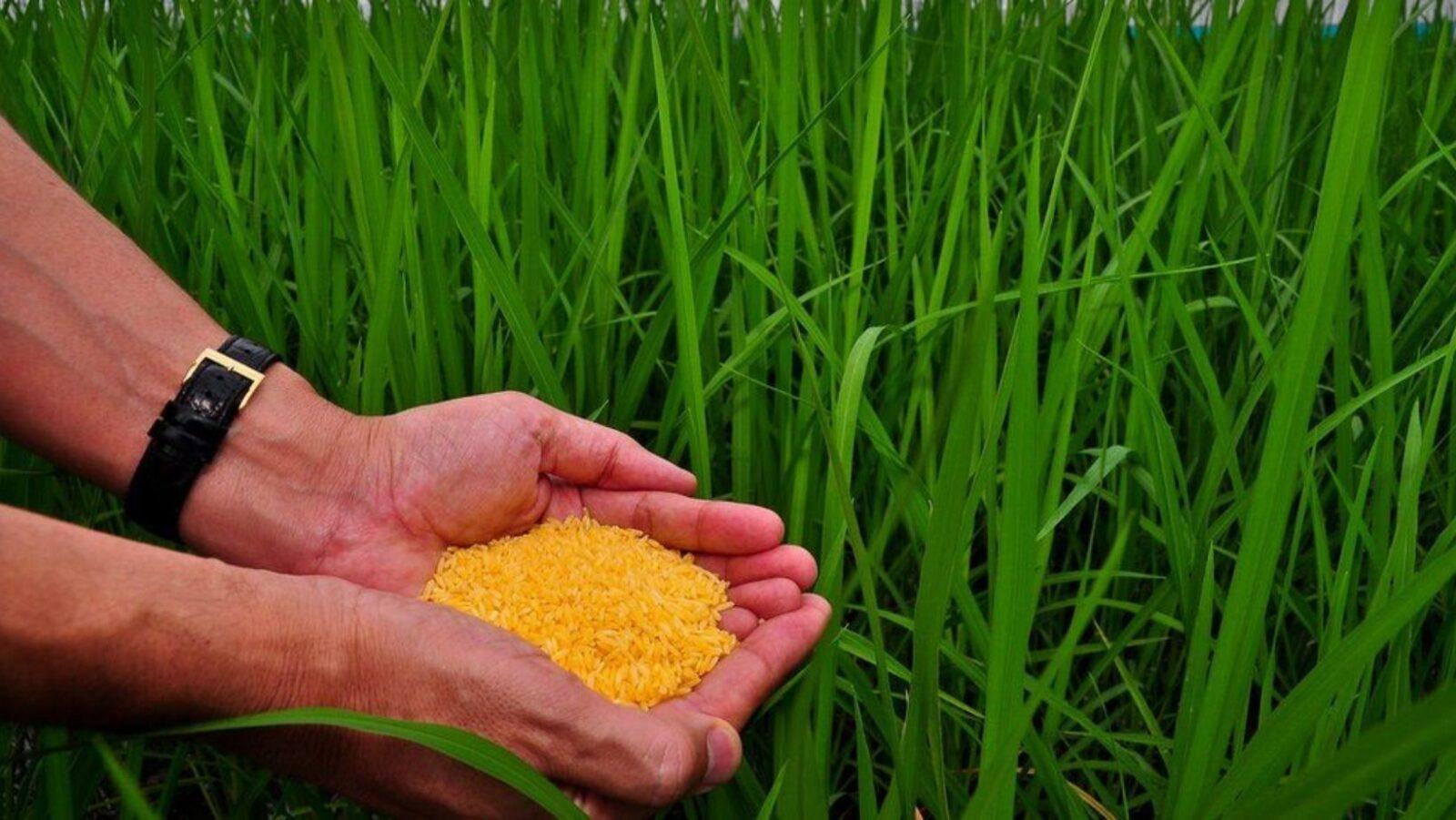•Paper cuts are caused by the rough, jagged edges on paper sheets.
•With sufficient pressure, these edges can rip through skin, usually on fingertips.
•Paper cuts are quite painful because our fingers have a lot of nerve endings.
It’s an all-too-familiar pain. Heck, even Linkin Park knows about it.
If you’ve been around paper, chances are you’ve experienced at least one paper cut in your lifetime. Yep, those tiny cuts we hardly ever see coming, like some sort of fiber ninja.
Paper cuts hit hard, and they hurt. A lot. Oftentimes, a lot more than we think they should.
But how can paper–something that is easily defeated with a glass of water or a finger poke–cut us with such precision in the first place?
The paper is mightier than the sword… Wait, what?!
Normally, paper isn’t the most ideal (or most obvious) cutting instrument. We’ve invented plenty of better and sharper alternatives, and those are the ones that we’re most careful around. So why can paper do the same thing?
Well, the edge of a piece of paper isn’t exactly as dull as you think. Viewing them on a microscopic level, each paper edge is actually very rough and jagged.
Cutting on a molecular scale, of course, is something we can’t do with store-bought scissors. These microscopic edges, on the other hand (pun fully intended), cut our fingers when we apply enough pressure for them to tear through our skin.
But why do they hurt so much?
The most common places you get paper cuts are on your fingers, which also happen to contain the majority of the nerve endings in the body.
“Fingertips are how we explore the world, how we do small delicate tasks,” according to Dr. Hayley Goldbach from the University of California, Los Angeles (UCLA). “So it makes sense that we have a lot of nerve endings there. It’s kind of a safety mechanism.”
Thus, any cut to that region will sting twice as bad. (Our nerve endings are sometimes a little TOO good at noticing things.)
Another kicker is that most paper cuts are too shallow to activate the body’s natural self-repair mechanisms (clotting and scabbing), so the paper cut stays there longer than most wounds normally do. All the flexing and brushing we do with our hands don’t exactly help with the recovery process, either.
The result? Stage Argh Terminal Ouchies until the tiny wound heals.
So there you have it: an extra reason to be careful when you’re counting cash (a good scenario) or filling out paperwork for yet another survey (a not-so-good scenario).
Fortunately, the body’s repair system will kick in eventually, and you can just wash the cut with soap and water (but not alcohol!), bandage it up, and let time do its thing.
Note: We do not recommend using this as an excuse when you forget to go through the required class readings.–MF
Cover photo: Adobe Stock; Wikimedia Commons
References
- http://www.bbc.com/future/story/20160902-why-paper-cuts-hurt-so-much
- https://www.sciencealert.com/why-paper-cuts-hurt-so-much-according-to-science-2018
- https://www.shared.com/the-science-behind-paper-cuts-and-how-they-can-turn-ugly/
Author: Kyle Edralin
A writer, creative, and craftsman – Kyle (or as his friends call him, Phenex) trawls the internet for interesting science stories to share to the aforementioned friends. He has since decided to bring this pursuit to a much wider audience, and is working delivering this kind of information in a way that makes much more sense than his usual ramblings. He is also very fond of penguins.







